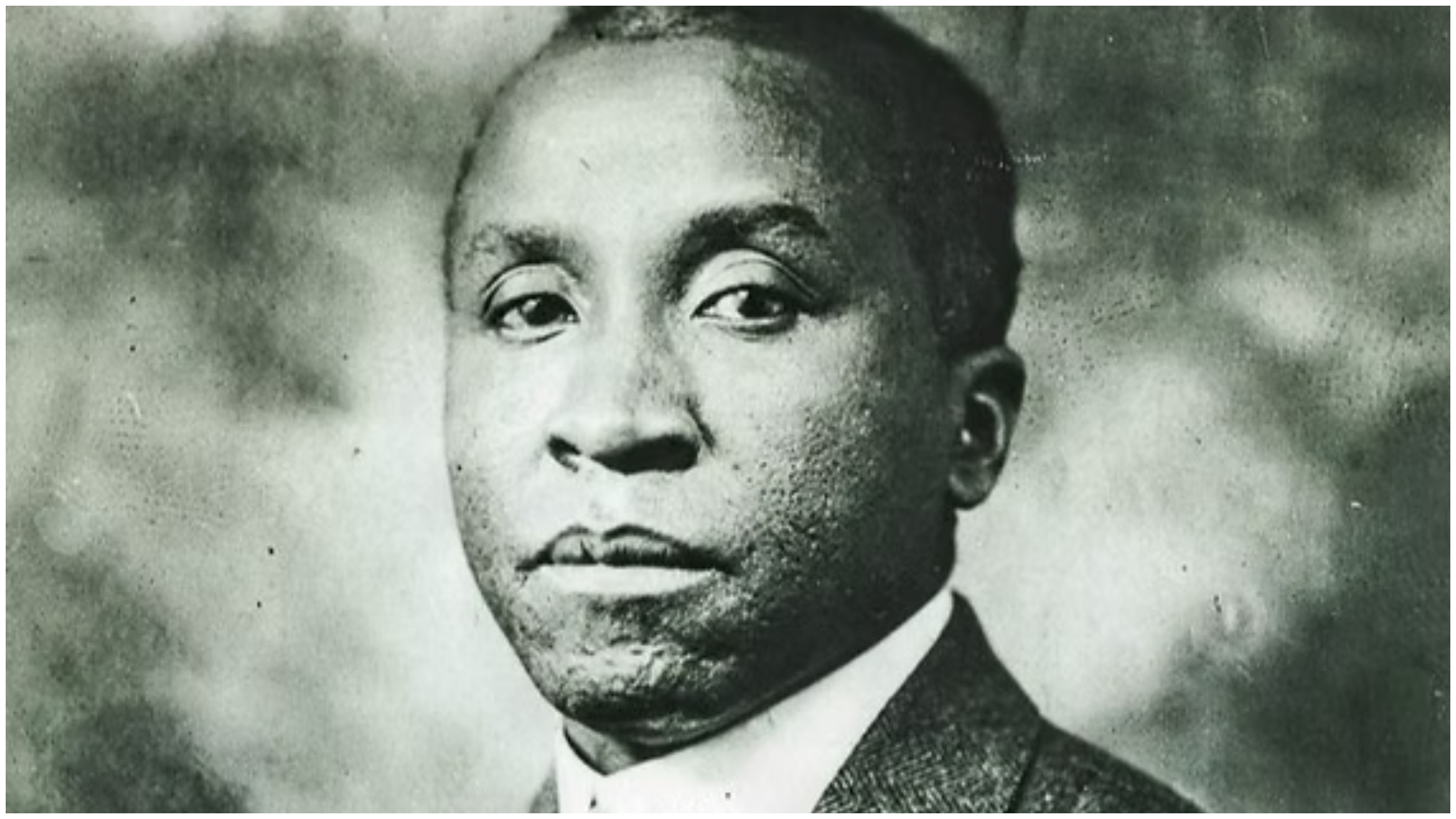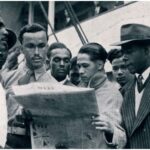Walter Thomas Bailey broke new ground when he became the first African American licensed architect in Illinois. Born January 11, 1882, in Kewanee, Illinois, Bailey’s pioneering career included landmark projects that still stand today. His final major work, the First Church of Deliverance in Chicago, remains a celebrated example of Streamline Moderne architecture applied to religious buildings.
Pioneering Education and Professional Beginnings
Bailey made history in 1904 as the first African American to graduate from the School of Architectural Engineering at the University of Illinois at Urbana-Champaign. This achievement marked just the beginning of his trailblazing career in a field with few Black professionals.
After graduation, Bailey worked at Henry Eckland’s architectural firm in his hometown of Kewanee. He then joined Spencer & Temple in Champaign, Illinois, where he contributed to planning the Colonel Wolfe School. These early professional experiences helped shape his architectural vision and technical expertise.
Historic Appointment at Tuskegee Institute
Just one year after completing his degree, Bailey secured a prestigious position heading the Mechanical Industries Department at Tuskegee Institute in 1905. Now known as Tuskegee University, this historically Black institution provided Bailey a platform to influence the next generation.
This appointment highlighted Bailey’s exceptional talents and demonstrated his quick rise in the architectural profession. His teaching role at Tuskegee also connected him with the broader network of Black educational institutions and professionals across the country.
Nationwide Commissions and Notable Projects
Throughout his career, Bailey worked on significant architectural projects across the United States. He developed a particularly strong working relationship with the Knights of Pythias fraternal organization, designing several buildings for them.
Among his notable Knights of Pythias commissions was the Pythias Temple in Chicago. These projects allowed Bailey to showcase his architectural vision while serving prominent Black organizations and communities. His work helped create important spaces for African American business, culture, and community gathering.
Streamline Moderne Legacy in Religious Architecture
Bailey’s final major architectural achievement was the First Church of Deliverance in Chicago, completed in 1939. This remarkable structure stands as a rare example of Streamline Moderne design applied to religious architecture.
The distinctive style features curved forms, horizontal lines, and an overall sense of motion and modernity. The building’s cultural and architectural significance was officially recognized when it received designation as a Chicago Landmark in 1994. This designation ensures that Bailey’s innovative vision continues to be preserved and appreciated by future generations.





